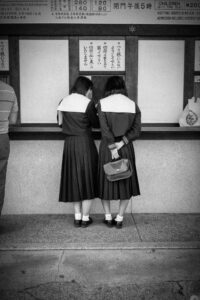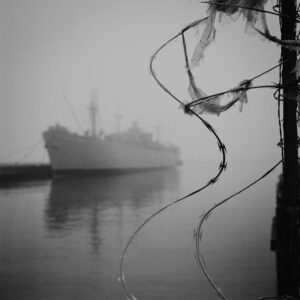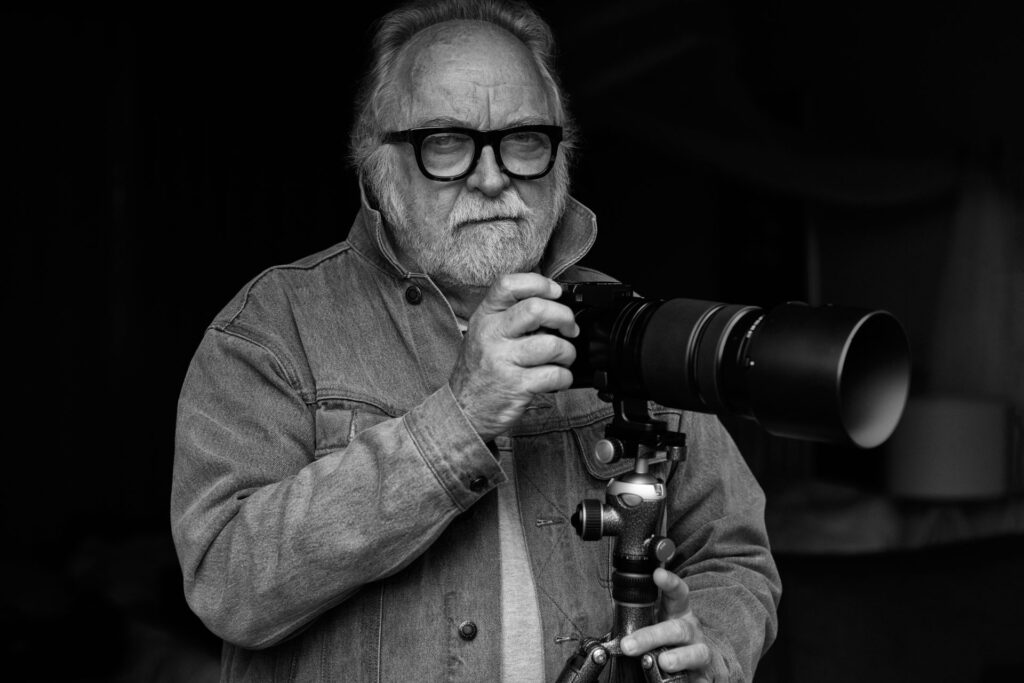In April, photographer Harry De Zitter found himself standing in the middle of a road in his native South Africa. He was talking with a friend in the Karoo, an arid region covered with low scrub brushes. The open, umber-colored plains surrounding them reached into infinite stretches as another man approached. Harry’s focus drifted to the newcomer’s fraying boots and the dusty, shattered asphalt beneath. He couldn’t help but take a shot. The resulting black-and-white photograph is so sparse and candid that it becomes affectingly intimate.
Harry, who spends most of the year in Naples, has a decades-long career as an advertising photographer. He’s a titan in the industry, globetrotting to cover splashy campaigns for dozens of top-tier clients, ranging from Mercedes-Benz and Stella Artois to Wrangler and IBM. He’s photographed Paul McCartney and Bill Gates, run studios in New York City and London, and published work in Elle Italia and Conde Nast Traveler.
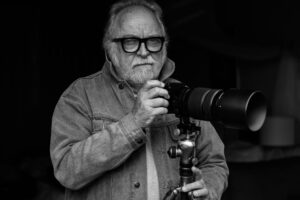
But, when it comes to his personal projects, Harry favors story-driven compositions in black and white. Images like the one he captured on that desert road this past spring, Worker with Well-Worn Boots, elevate the aloof or mundane into a haunting human treatise and distinguish the photographer as an artist. “My viewfinder is my window to the world,” he says.
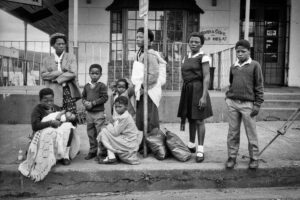
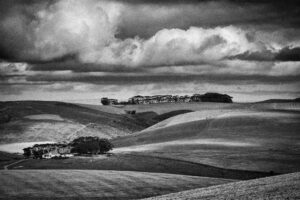
Harry estimates that 90 percent of his work as an advertising photographer has been in color; his black-and-white photographs are all his—a fascination that’s stayed with him since college. He recalls the campus’ dark room and watching his first black-and-white shot come into focus under dim red light. “I was smitten,” he says. “It was magic.”
As his career in advertising photography coalesced, Harry kept returning to his monochromatic passions. It has cojones (nerve), he says of the grayscale palette. “It has texture; it has soul,” he adds, leaning forward in a burst of animation. “It reminds me of hearing a record producer talk about digital recordings, that they’re sometimes too clean. You need grit and noise.”
The absence of color, combined with Harry’s uncanny observational acumen, has yielded hundreds of black-and-white photos documenting people, places and possessions across the planet. In monochrome, Harry’s work is less encumbered by visual distractions, making his images sharper, starker. “Black and white gets at the reality of the place,” he says.
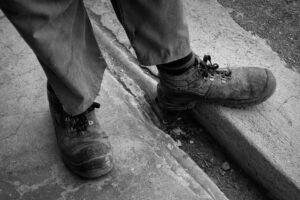
Look at his photographs like Chrysler Building and Empire State Building. The images capture New York City’s famed landmarks, not as chipper postcard scenes but almost ominously in their achromatic states—a reminder that there’s more grit than glamour in the city’s grind. The same pathos is palpable in his monochrome landscapes. In The Everglades, part of his Chasing Clouds series, the inky undersides of thunderheads swell forebodingly over the swamp’s horizon. “That image wouldn’t have the same power in color,” he says definitively.
Grayscale photography has a narrative quality, too, Harry says, particularly with human subjects. In the 2019 Grandmother Shopping with her Granddaughter at Thursday Market, Harry captures a tender moment amid the streets of Bassano del Grappa, a town in northern Italy. The double portrait narrows in on the pair’s interlocked arms and hands, cropping out their faces entirely. The generational gap is evident through their wardrobe—the granddaughter wears a baggy Adidas shirt; the grandmother, a tidy ensemble with a structured handbag—and the warmth is palpable with how they lean on each other. “I was moved by the granddaughter’s tenderness for her grandmother,” Harry says. “The act of her affectionately holding her grandmother’s arm, whereas most teenagers would be too embarrassed to be seen with their grandparent, [struck me].”
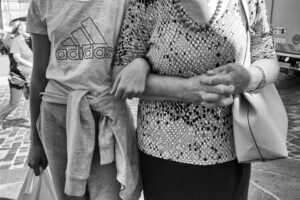
As they talked, the nonna told him that Lino Manfrotto, the founder of renowned photography and videography equipment company Manfrotto, had been her wedding photographer. She didn’t know Harry had been an ambassador and product tester for the brand for years, a partnership that continues to this day.
Born in Belgium, Harry and his family moved to South Africa’s Eastern Cape when he was 9 months old. At 18, he enrolled in the Port Elizabeth Art School (now part of Nelson Mandela University) and soon found work as an assistant in his professor’s son’s darkroom. “I’ve had to be very versatile,” Harry says. “In the United States and Europe, photographers specialize because there are so many people working in places like New York, London, Paris. But in South Africa, you had to do it all—cars, fashion, still life.”
Much of Harry’s South African photography serves as a documentation of his home as he knows it: interior shots of his brother’s workshop, portraits of longtime friends and prominent creatives, candid shots of locals in various parts of the country.
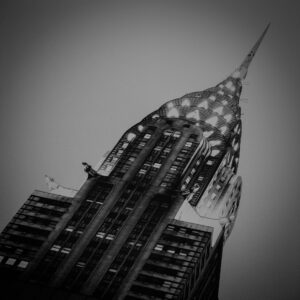
Amid these familial and fraternal frames are photographs like Family Waiting at Bus Stop. The arresting image, shot for Manfrotto, captures an African family of nine deep in the Zulu nation (one of South Africa’s native populations). The subjects seem to scrutinize the man behind the lens—the younger family members stare back, unabashed but slightly defensive, except for two: an infant and a young boy in a dark V-neck sweater. The boy looks vulnerable and forlorn, having resigned himself to this stranger taking his photo. The feeling of surrender in his eyes betrays his siblings’ stoicism. Harry felt the tension when he snapped the shot, but rather than shy from discomfort, he leaned into the honesty of the moment.
After all, his goal is to capture the raw beauty and truth of life. “There’s something about the strength of black and white,” Harry says. “I’ve always had a little thing on my shoulder—I don’t want to call it an angel, because I’m not religious—telling me to shoot in black and white.”
